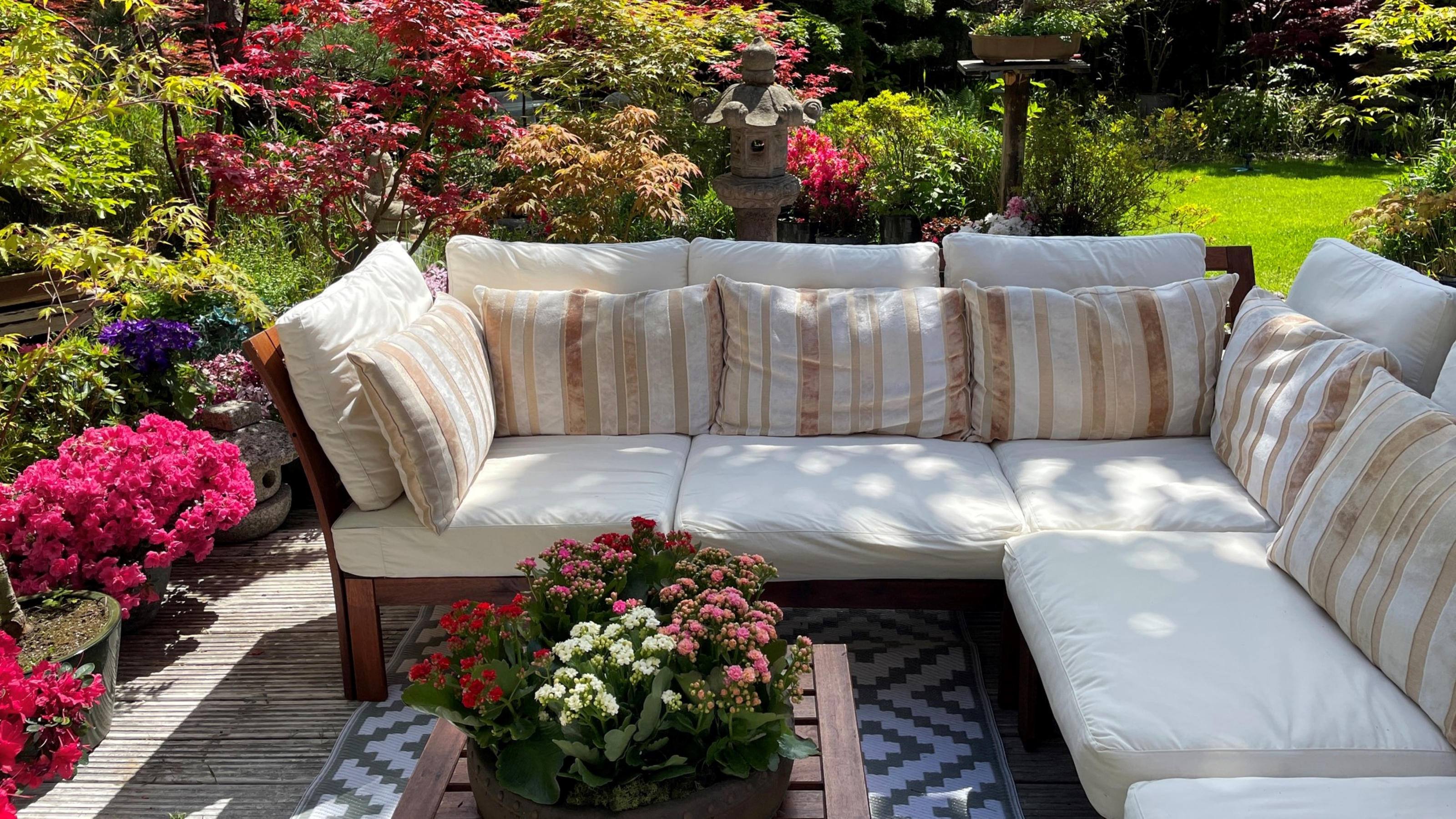
'Which and – more importantly – when to bring plants inside for winter?' is a question gardeners ask every year as temperatures begin to fall. With the summer officially over, we're prepping for cooler months and it's only a matter of a few weeks in temperate climate zones before the first frosts hit. And while many garden plants are hardy and can tolerate both light and hard frosts, others may not survive even a single frosty night.
When choosing plants for your garden, you may have already factored in the specifics of your climate and selected only plants that don't need to be brought indoors. However, if that's not the case, don't worry: you can still save the majority of your plants by overwintering them in a greenhouse, conservatory, or even just inside your home or apartment, in some cases. We've asked gardening experts to explain the rules of bringing garden and house plants back indoors for the winter. Here's the advice they gave us.
When to bring plants inside for winter?
The plants you'll need to bring in for the winter will vary depending on your climate, but if you live in a temperate climate zone with cold winters and first frosts in September-October, there are a few plants that generally will need to be brought in ahead of those frosts setting in, if you want them to survive the winter.
Houseplants that you kept outdoors during the summer are generally not hardy and will need to be brought in as soon as temperatures start dropping once summer has ended. Most of the best indoor plants originate in the tropics and can't tolerate temperatures under 60°F. Not all will die, but they certainly will not thrive and will look sickly.
The exception is the fan palm which is generally hardy and will tolerate frosts. Succulents and cacti that are well-established may survive outdoor frosts depending on the variety, but if you are experiencing hard frosts and a lot of snow, it's best to bring them into a conservatory or greenhouse.
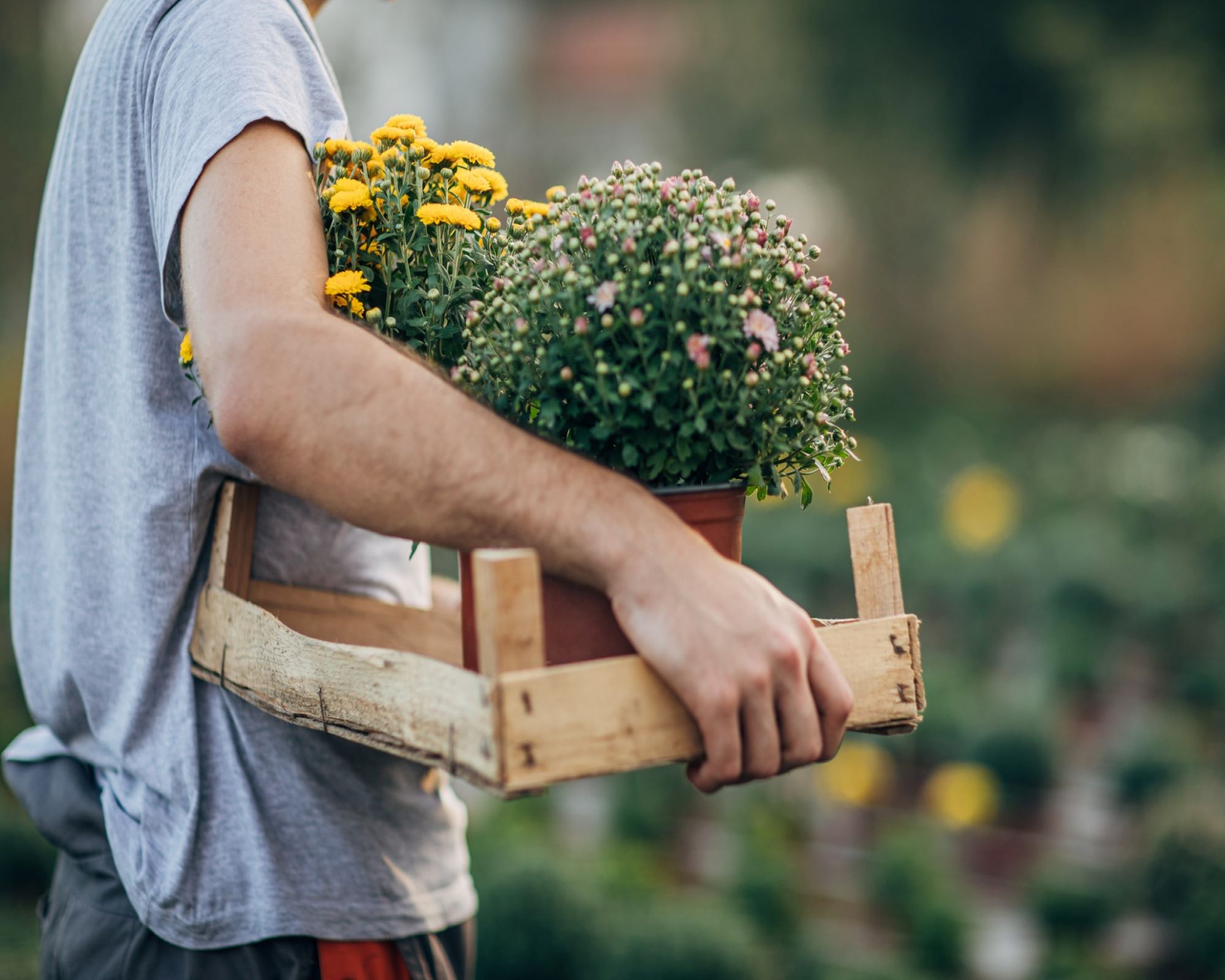
You also will need to be careful to protect plants from frost if they originate from Africa and the Mediterranean region. These include citrus trees, fuscias, and pelargoniums (commonly known as geraniums). If you're growing potted lemon or orange trees in a temperate climate zone, the 60-degree rule also applies and you will need to bring your plants into a bright greenhouse or frost-free conservatory for the winter.
If yours is a kitchen garden, a few vegetable and fruit varieties should be brought indoors for the winter. Gardening expert and founder of Urban Organic Yield Lindsey Hyland recommends bringing in tomatoes, peppers, and eggplants: 'you can either cover them with a frost cloth or bring them into your garage or basement.' It's all part of fall gardening.
When should you bring potted plants inside?
Hyland's advice if you have any potted plants is to start winterizing them as soon as temperatures begin dropping, to get your yard ready for fall and then, winter. 'You'll need to move them inside, or at least somewhere they can get some shelter from the cold weather. If you're not going to be able to keep them in a sunny spot, you may need to start adding some artificial light.'
Amazon's led plant lights are pretty good and reasonably priced. 'And don't forget to water them regularly; plants that go into winter with dry soil are more likely to die.' Adds Hyland.
The key to correct winterizing of potted plants is to do it at the right time. According to Zack DeAngelis, a gardening expert and the creator of treejourney.com, to nail the transition from outdoor to indoor you should bring them in 'when the outdoor temperature is consistently close to the same temperature as indoors. At the end of Summer/start of Fall, keep a watchful eye for consistent temperatures in the low 60's - high 50's to start bringing your plants inside.'
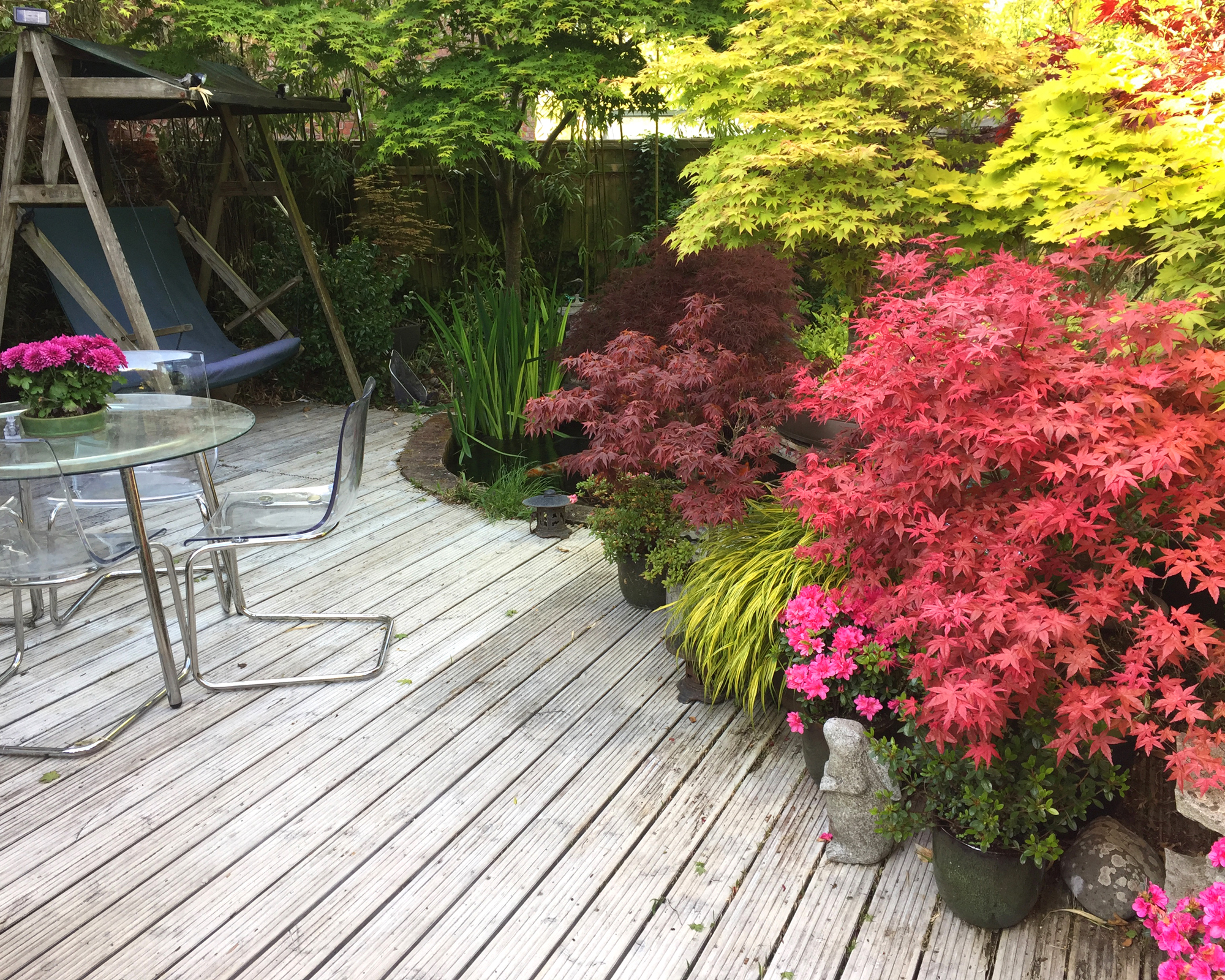
If you're not sure you can keep a watchful eye on outdoor temperatures, you may find it easier to take cuttings of your favorite potted plants and propagate new ones instead of bringing in your existing plants. 'Many herbs and annuals can be easily propagated from cuttings', points out DeAngelis. Pelagorniums, succulents, and herbs are all easy to propagate this way and you can have an almost endless supply of plants that have been propagated from cuttings each year.
Will perennials survive the winter in pots if you put them indoors?
This can be a confusing aspect of bringing plants indoors for the winter, but not all potted plants will survive if you bring them into a warm environment from the cold. Some plants require a cold period - free from frost but not warm, otherwise, they will die. The most common plant with this requirement is the azalea, which should be overwintered in an unheated garage or conservatory.
In our experience, it's difficult to get it right with potted perennials that require a cold period. Hyland agrees and advises that with plants that require a cold period, 'it's best to leave them outdoors and enjoy their beauty one last time before cold weather settles in.'
How do you debug plants before bringing them inside?
One concern gardeners bringing in plants for the winter may have is accidentally bringing in garden pests that will then spread to the greenhouse and/or indoor plants. Hyland recommends inspecting plants 'for any bugs or diseases. If you find any insects on your plants, use a garden hose to spray them off before bringing them inside. You can also use a natural pesticide like neem oil to get rid of any pests. Be sure to wash your plants thoroughly before bringing them indoors to avoid bringing any pests inside.'
DeAngelis recommends an even more thorough debugging method. He says that you should repot your plant 'with fresh potting soil and visually inspect the roots for signs of anything that isn't the root (black specs, discoloration, obvious bugs/damage.) Mealybugs and aphids are two common pests that love to take up shop inside your plants roots.
'If you do find Summer pests on a plant you want to bring indoors, it may be better to start a new plant fresh for the Winter and then repot outdoors in the Spring!'
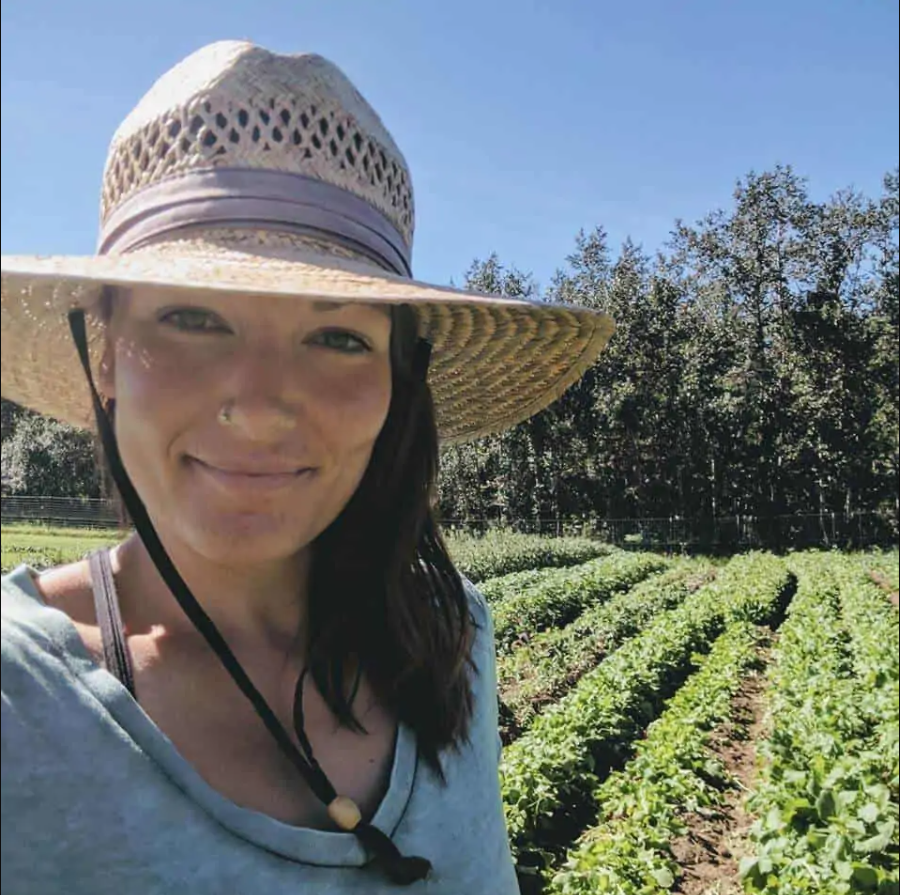
From outdoor food gardens to container planting, to aquaculture and hydroponics, we cover a range of topics with useful information and step by step guides to teach you the basics and get you on your way to producing healthy, affordable food for you and your family.
Zack DeAngelis, the creator of treejourney.com. My Dad and I cut/stack for 10+ years to heat up our family home in Upstate, NY across our 50+ acres of pastures, woodlands, and a freshwater bass pond. We maintain over 30 different species of trees across our property, which is surrounded by woodlands and apple orchards where I worked back in the day.
Join our newsletter
Get small space home decor ideas, celeb inspiration, DIY tips and more, straight to your inbox!
Anna is a professional writer with many years of experience. She has a passion for contemporary home decor and gardening. She covers a range of topics, from practical advice to interior and garden design.
-
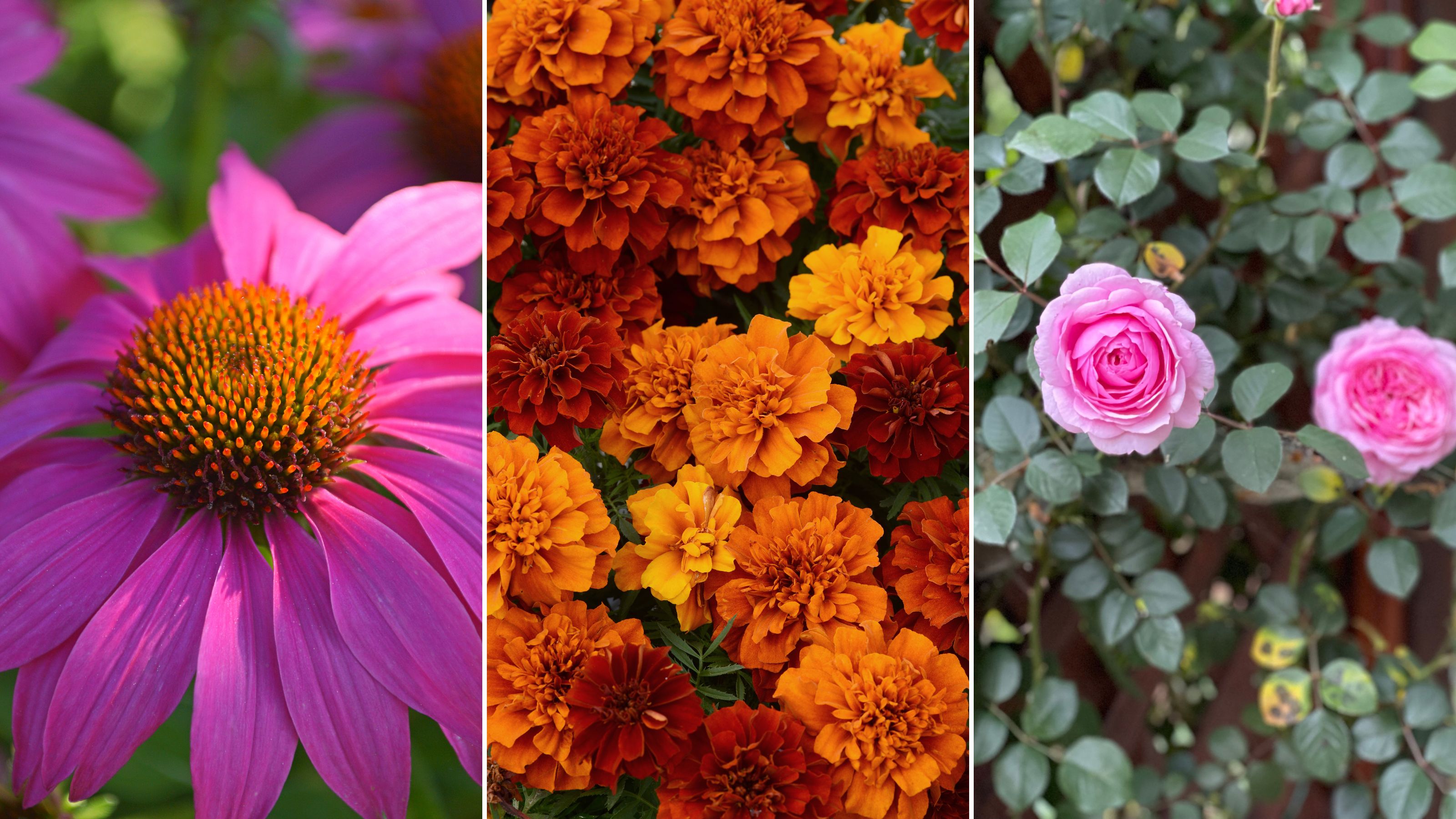 The 7 flowers to plant in August, according to gardening gurus
The 7 flowers to plant in August, according to gardening gurusKnowing what flowers to plant in August isn't always so clear-cut. But that's why we called in help from pro planters — here's what they said to pot.
By Becks Shepherd
-
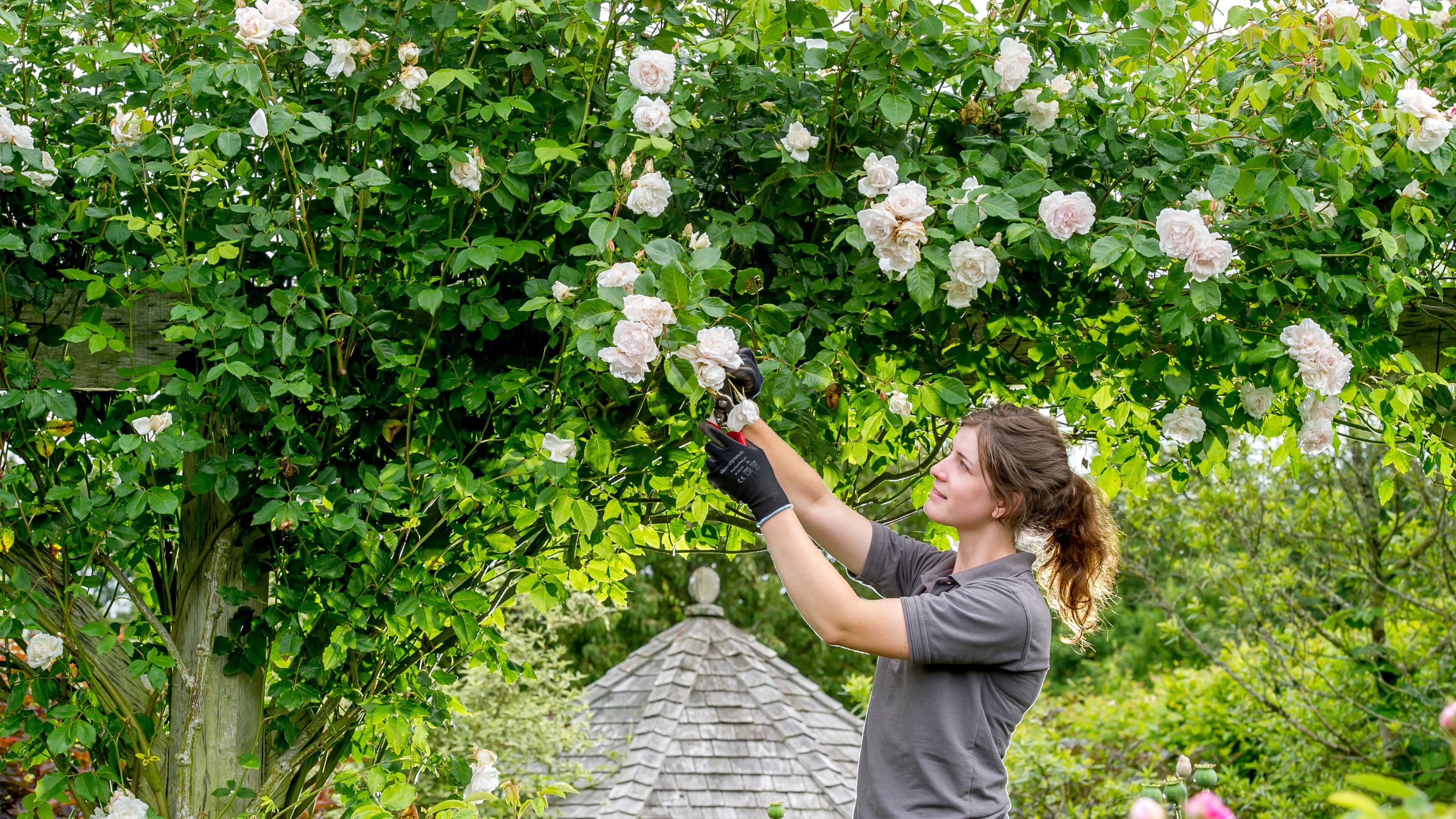 The 7 plants to prune in August — and the 2 pieces of greenery you shouldn't touch
The 7 plants to prune in August — and the 2 pieces of greenery you shouldn't touchWondering what plants to prune in August? We asked a gardening expert for their top tips plus info on what pieces of greenery to avoid pruning this month
By Becks Shepherd
-
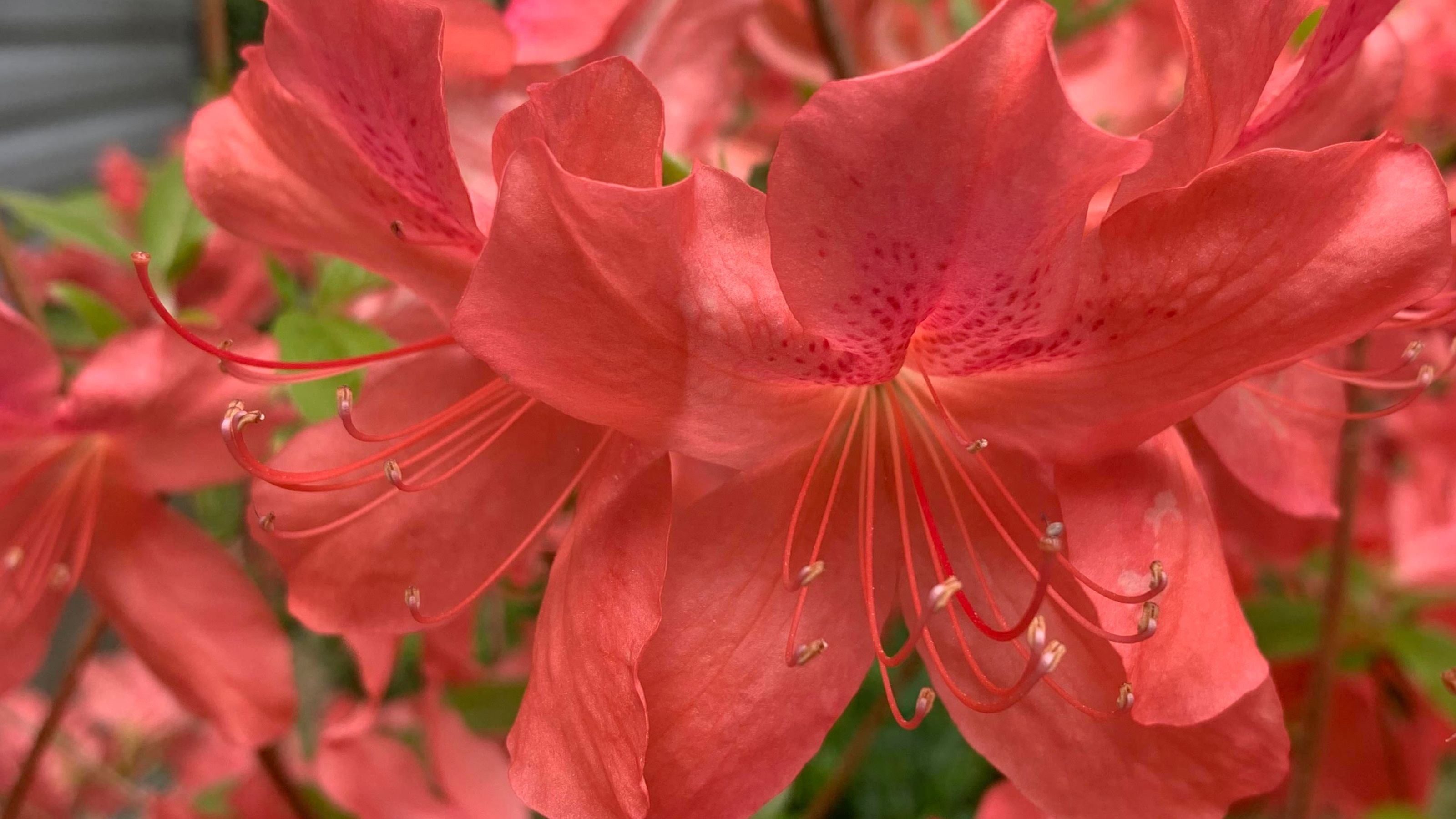 Do you need to deadhead azaleas? Top tips for pruning these flowering shrubs
Do you need to deadhead azaleas? Top tips for pruning these flowering shrubsWondering whether you need to deadhead azaleas? We asked a gardening expert for their top tips for looking after these blooms
By Becks Shepherd
-
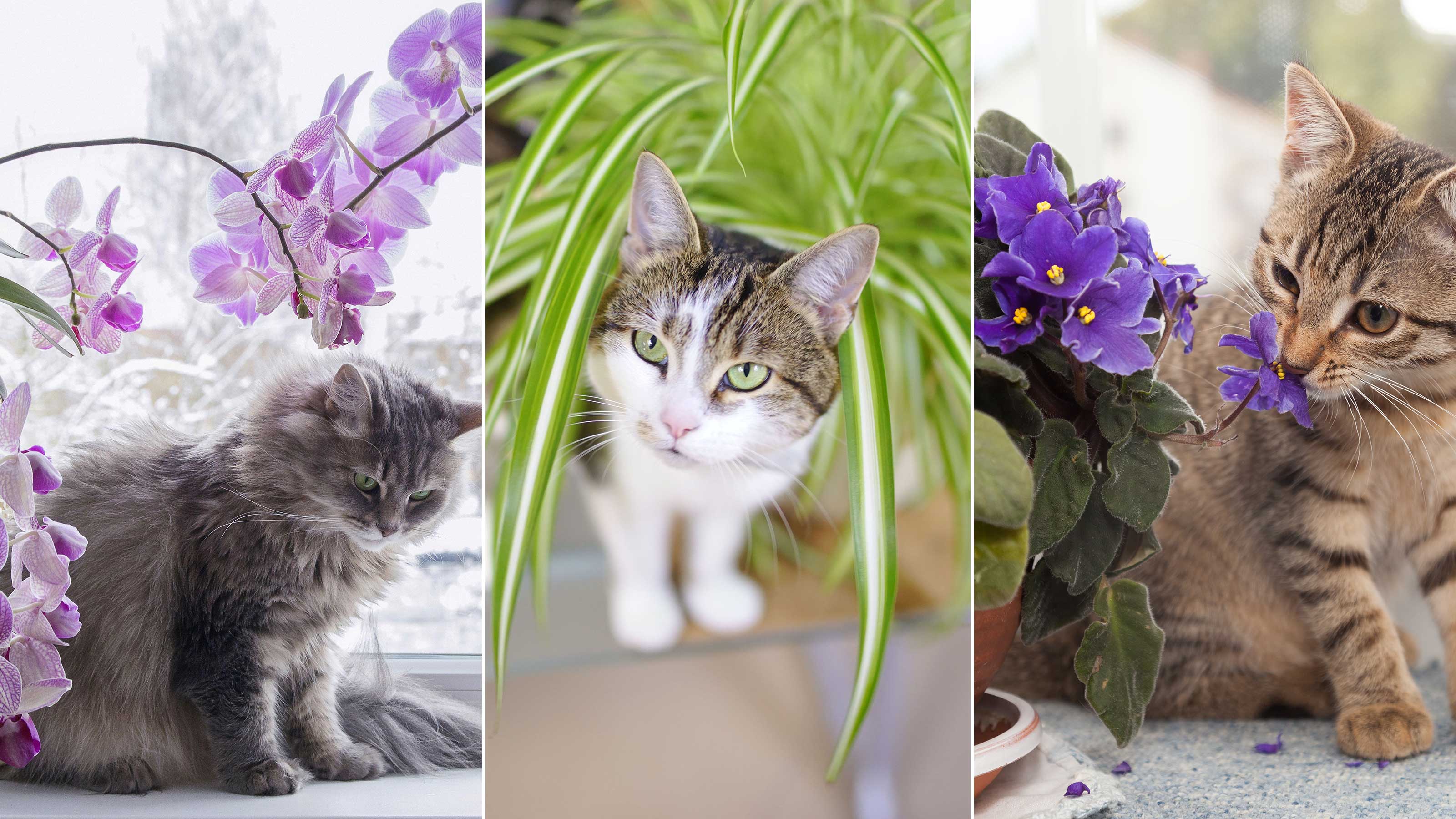 10 houseplants that are not toxic to cats — plus expert advice on keeping your pets safe
10 houseplants that are not toxic to cats — plus expert advice on keeping your pets safeKeep your four-legged companion safe by choosing these houseplants that are not toxic to cats, and learning the dangers of those that are, according to veterinary experts
By Holly Crossley
-
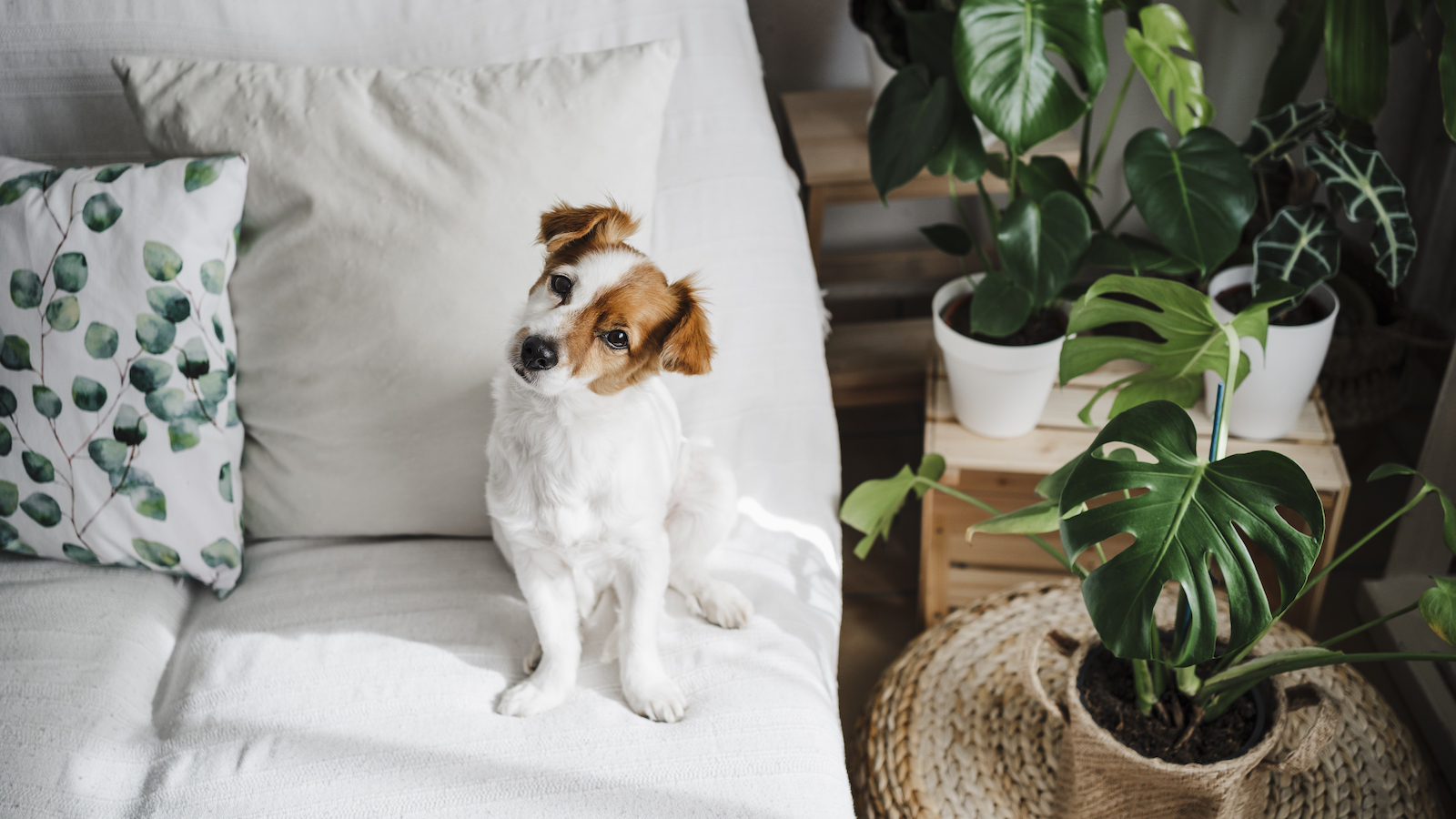 Which houseplants are toxic to dogs? Vet experts pinpoint problem plants and solutions
Which houseplants are toxic to dogs? Vet experts pinpoint problem plants and solutionsWondering Which houseplants are toxic to dogs? We spoke to vets about the problematic leafy greens, what they trigger in dogs, and how to find a solution
By Danielle Valente
-
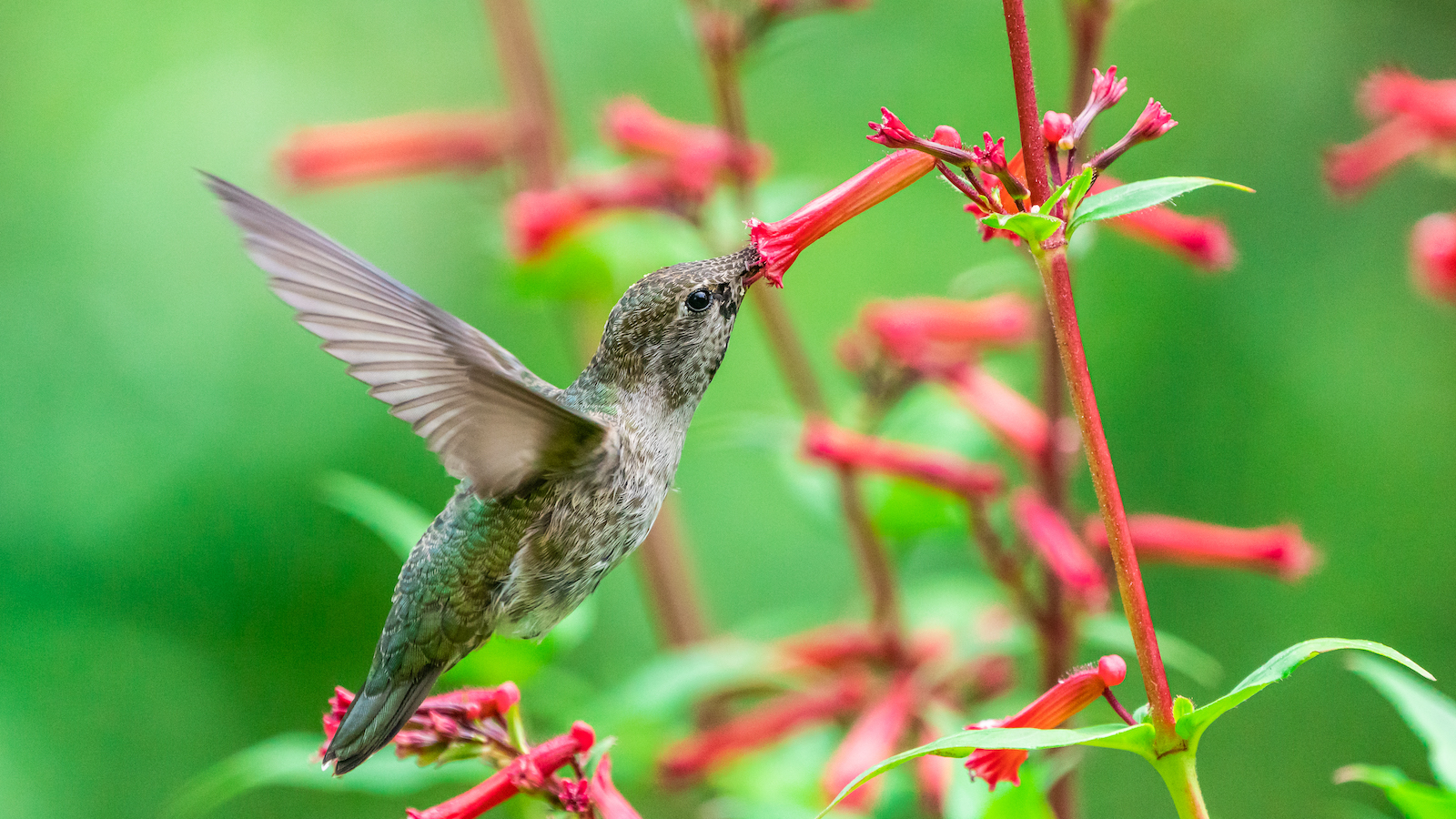 How to attract hummingbirds to your backyard, according to ornithologists
How to attract hummingbirds to your backyard, according to ornithologistsTrying to figure out How to attract hummingbirds to your backyard? These ornithologist-backed tips will guarantee you visitors in no time
By Danielle Valente
-
 Does hydrangea bloom every year? Pros spill the dirt on the "garden favorite" and when to expect it
Does hydrangea bloom every year? Pros spill the dirt on the "garden favorite" and when to expect itWondering, "Does hydrangea bloom every year"? We asked the pros all about the garden favorite and how often to expect them — here's the dirt.
By Danielle Valente
-
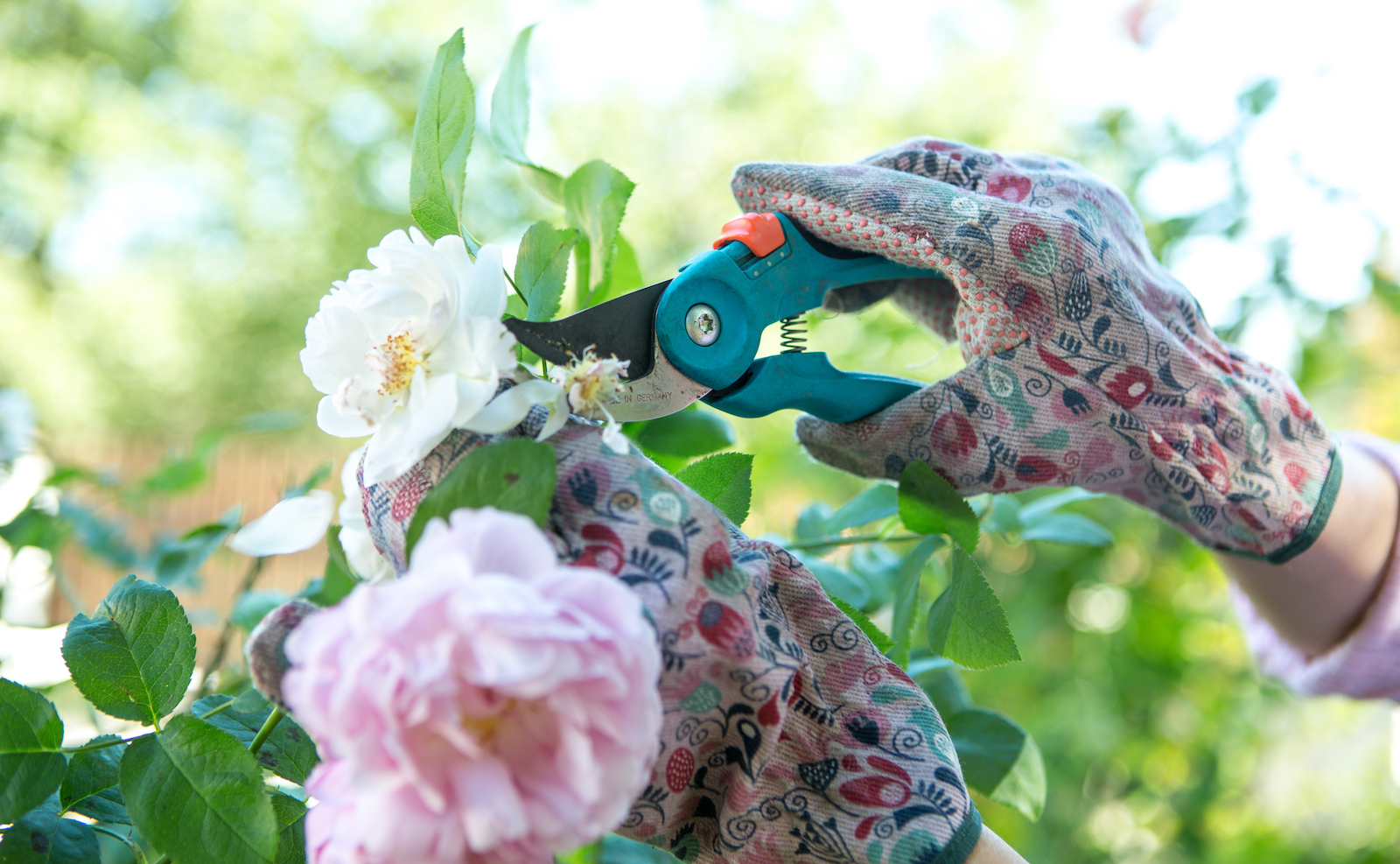 What to prune in spring — experts reveal how to get a lush, full garden
What to prune in spring — experts reveal how to get a lush, full gardenCurious what to prune in spring? We asked gardening experts for their top tips for a luscious, thriving garden
By Danielle Valente